Proper eye care is essential to our overall health, much more than many people realize. While it’s true that many people experience natural deterioration of vision as they get older, vision problems can also indicate blood pressure, diabetes and other issues.
The question remains, however, how the senior population can get good eye care when they’re on a fixed income with limited health coverage? The answer is Medicare and Medicaid. Read about the options available under Medicaid and Medicare regarding eye care for seniors, and how to apply for and receive these important benefits.
Medicare Eye Care for Seniors
There are a number of different “parts” to Medicare, and each cover different costs. Part A is the basic Medicare plan which helps to pay for your rehab facility or hospital stays, as well as hospice or home-based health aides. The only eye care included in this care is that which is associated with emergency room visits.
Part B covers a portion of doctor visits and other medical services like lab testing and equipment. This part will cover eye care only if it’s related to diseases, but not routine exams. Part D can pay for prescription drugs which can help with conditions like glaucoma.
Medicare Part C, or Medicare Advantage, is a supplementary healthcare program that is run by a private insurance company but approved by Medicare, and can combine elements of Parts A, B and D, plus other services including potentially eye care.
Specifics of Medicare
Medicare usually carries a small premium of just over $104, and carries an annual out of pocket maximum deductible of $147, after which you pay 20% of the costs you accrue. It will cover cataract surgery costs as well as eyewear following cataract surgery, glaucoma screening and the costs associated with artificial eyes, if needed.
Part C plans may cover some of the additional services you may need, but this will depend on the individual plan you choose. Talk with your insurer to find out what is covered.
Medicaid Eye Care Coverage
Medicaid is a federal health program for those with low income who can’t afford adequate medical coverage. There are specific income requirements to be eligible for Medicaid, which are based on current federal poverty guidelines. In 2016, this meant $11,880 for a single person, $16,020 for a family of two, and $24,300 for a family of four.
Medicare helps to pay for hospital stays, outpatient healthcare, lab services, x-rays, doctor’s services, dental services, home healthcare, and other services. In terms of eye care, Medicaid will cover Ohio residents for an eye exam and glasses once every year for seniors, as well as contact lenses if they have previously been authorized, and glaucoma screenings. The copay for these services is $2 for the exam, and $1 for eyeglasses.
If you need help with financial planning in your senior years, including for healthcare, an elder law and estate planning attorney can help. Stano Law has been providing estate and financial planning services for seniors for many years, and are ready to help you. Call our offices for more information or to get started today.


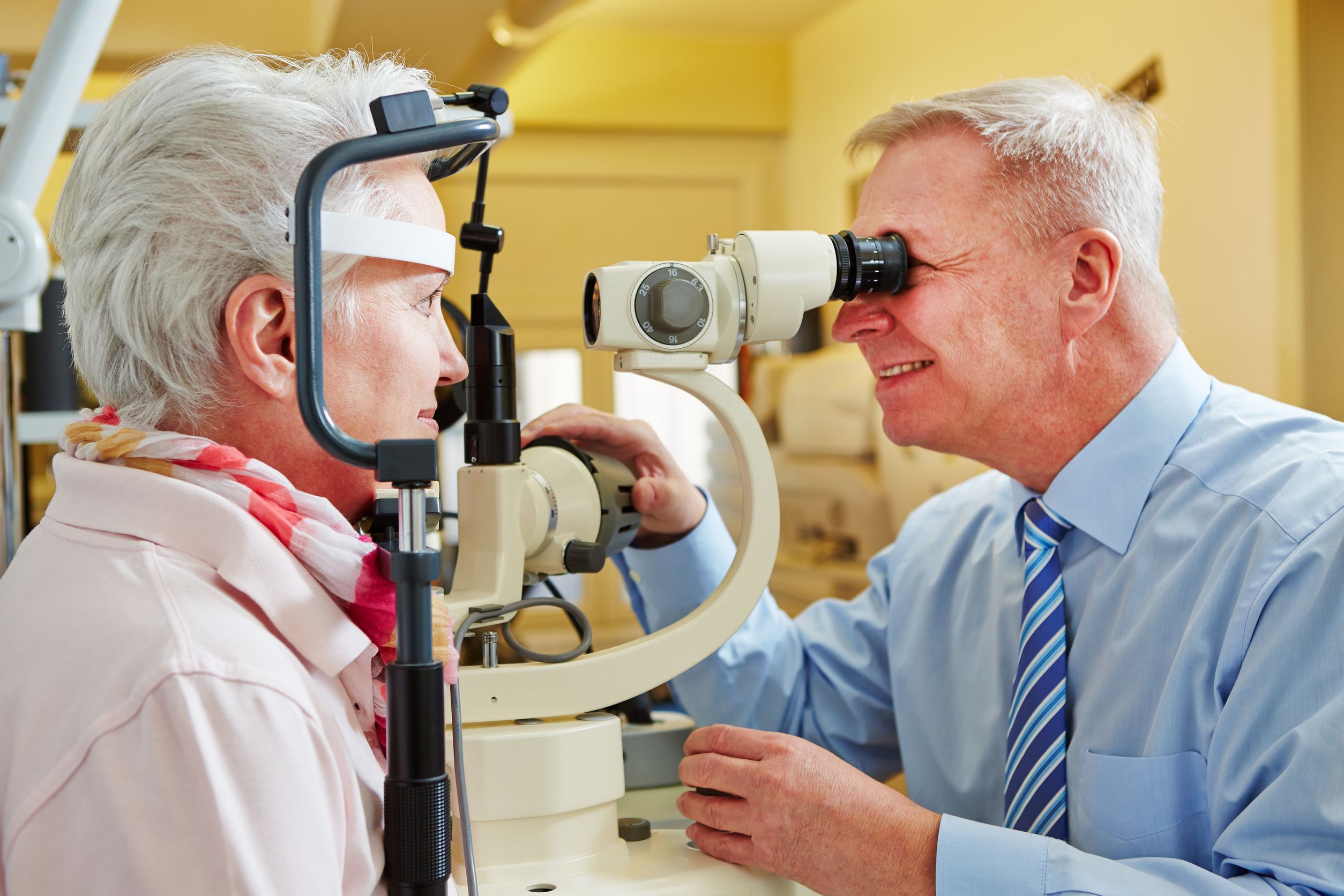
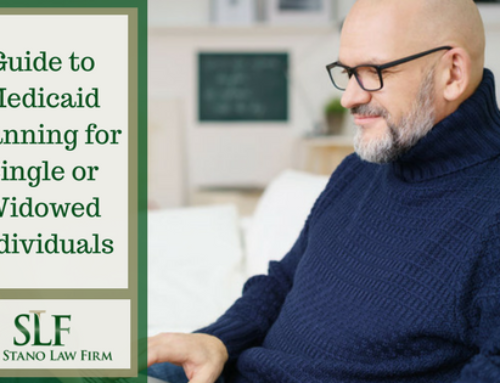

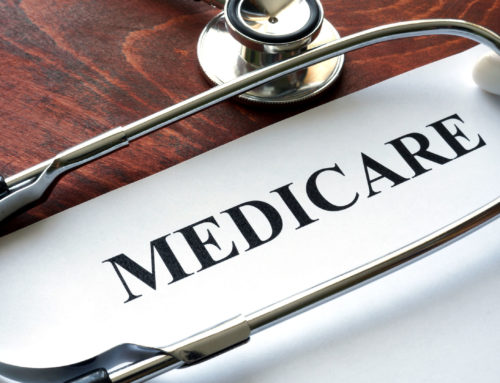
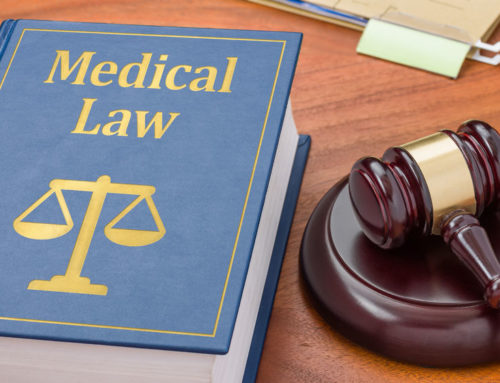
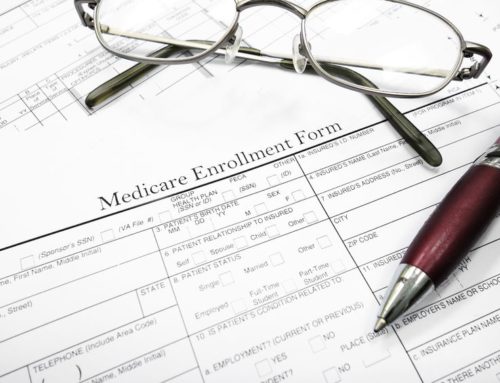
Leave A Comment